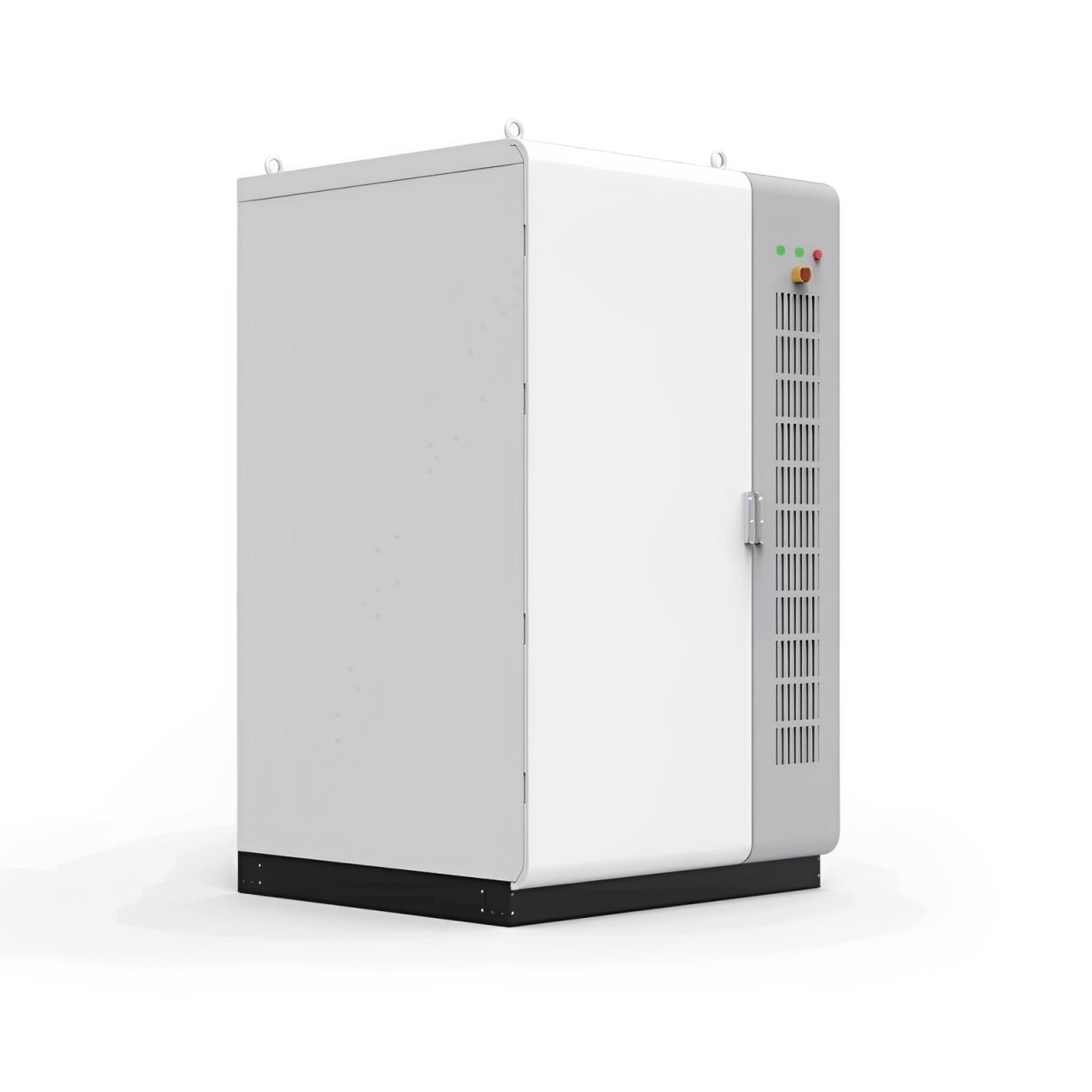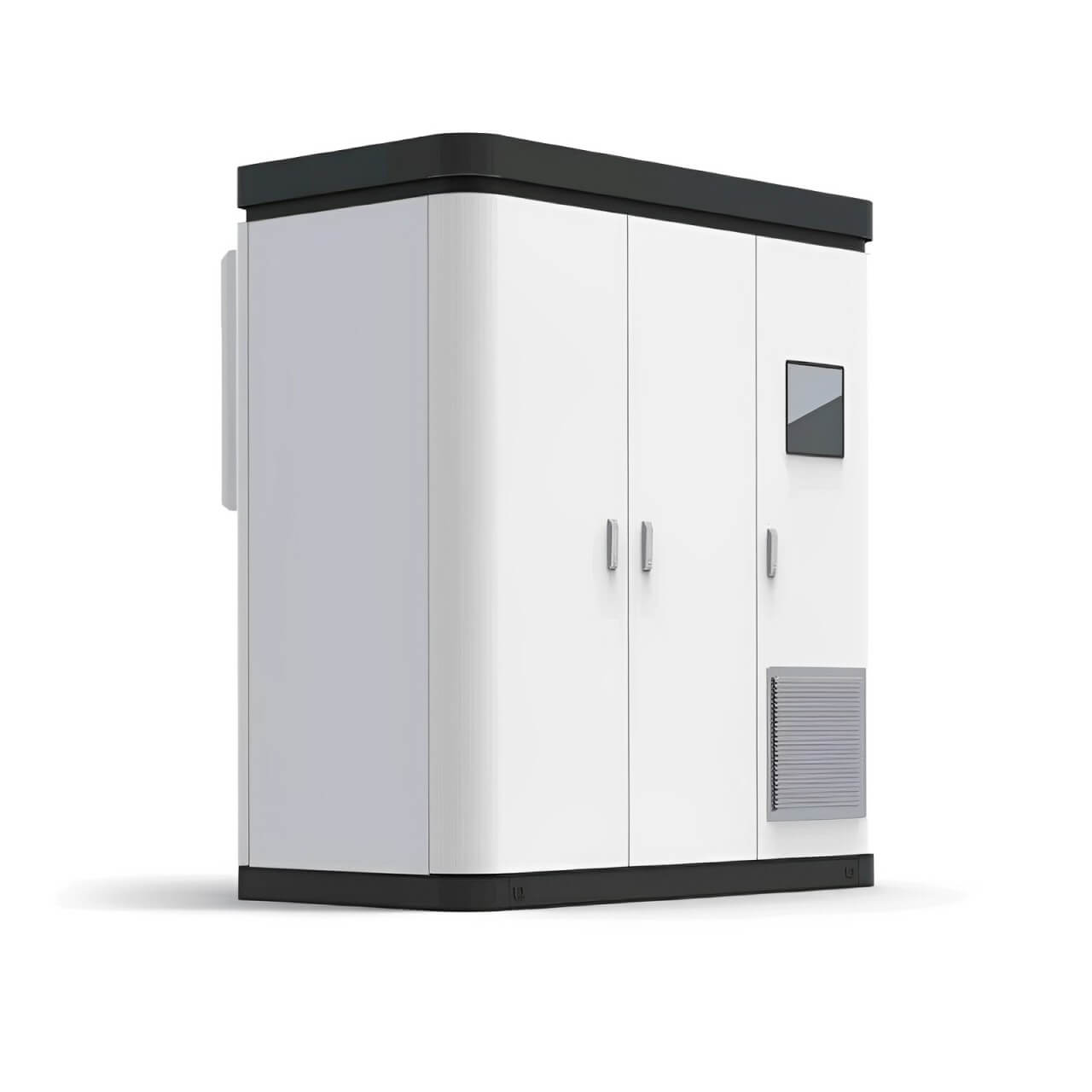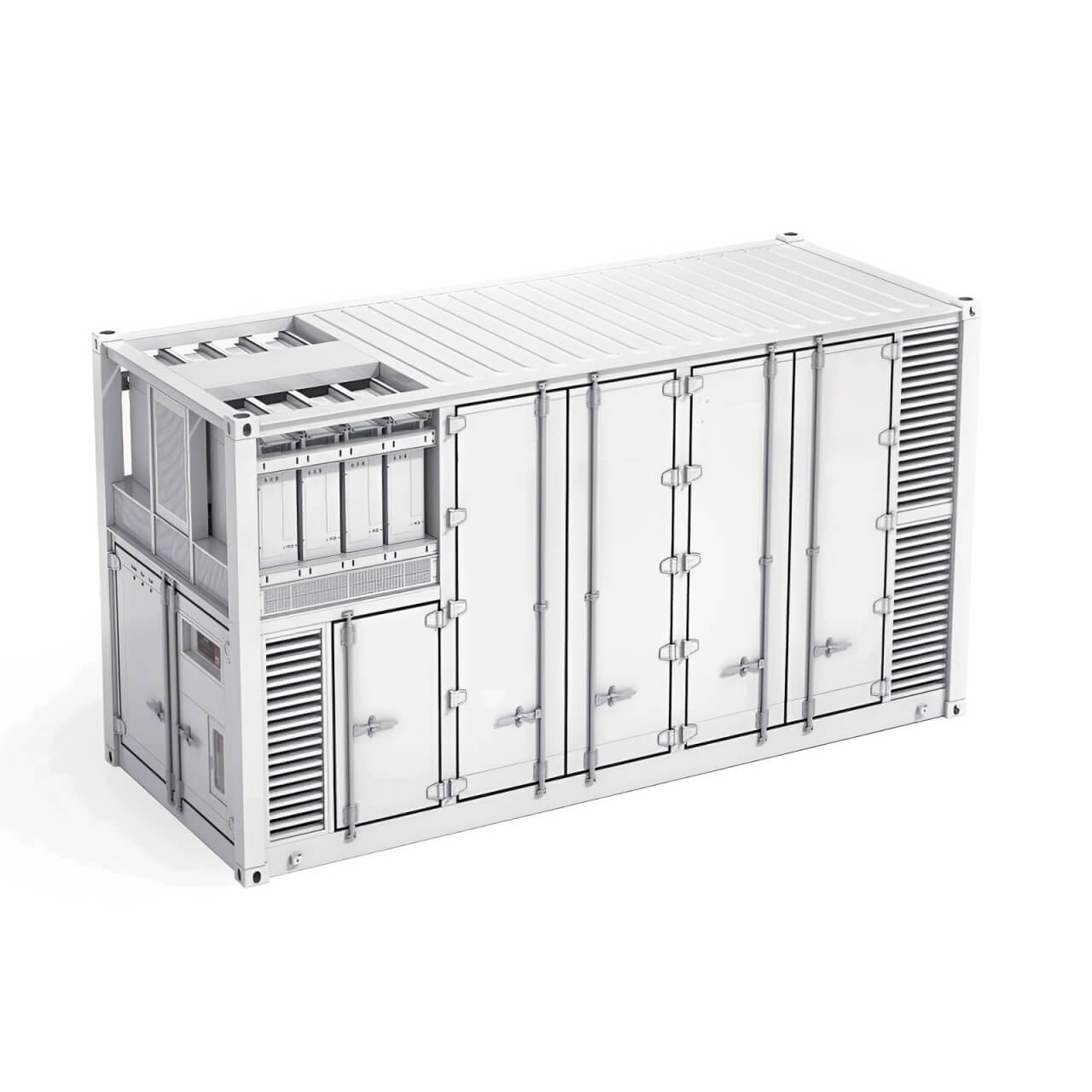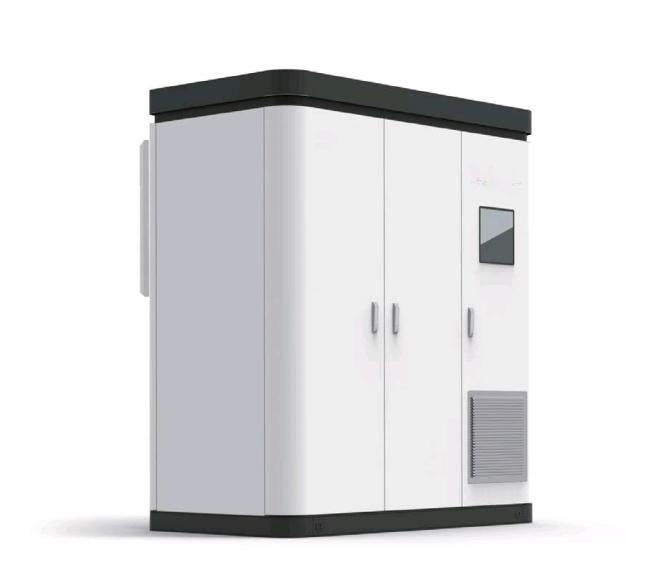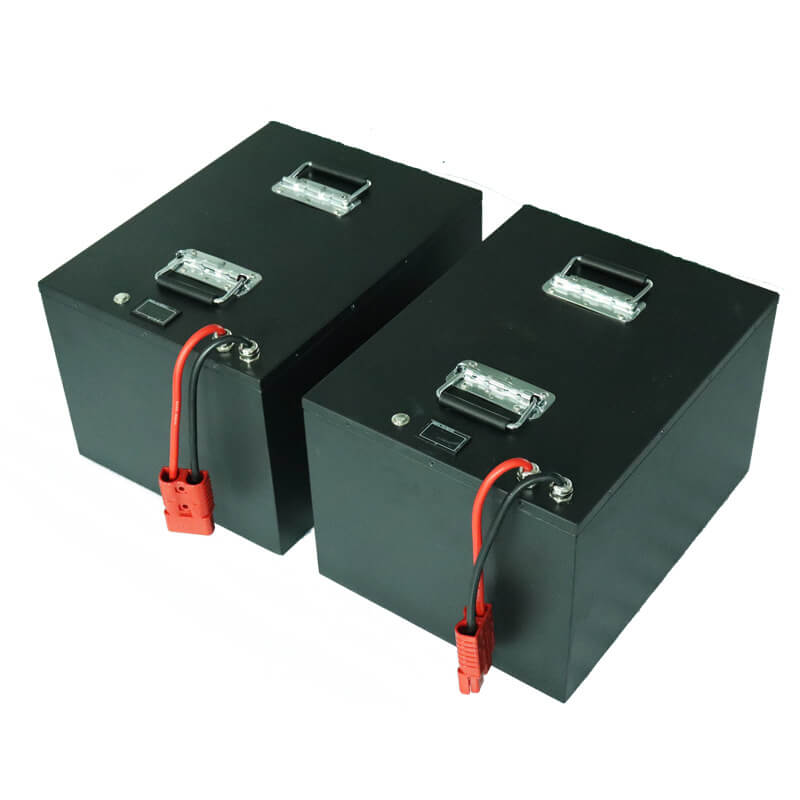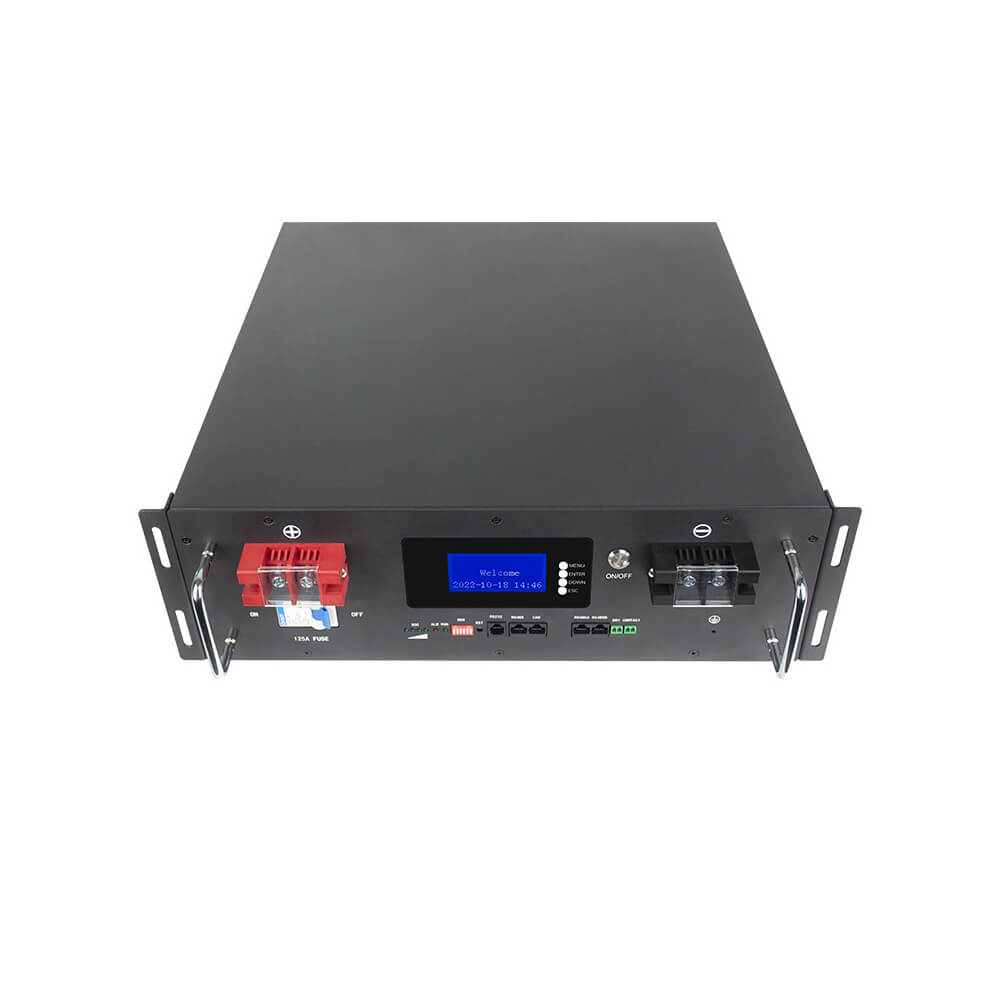Reasons for choosing 3.2V lithium iron phosphate battery for solar street lights
With the wider application of solar energy in the country, more and more solar street light manufacturers have emerged. Many manufacturers are simply pursuing commercial interests and do not have too many technical patent reserves. Many manufacturers still use 12V colloidal lead-acid batteries based on past experience, and we have taken the lead in using 3.2V lithium iron phosphate batteries as batteries for solar street lights.
First, let's talk about some low-level technical rumors:
1. Solar street lights using 12V batteries are brighter than 3.2V lithium iron phosphate batteries
Now I ask a very common sense question: Which is brighter, the headlights used in cars or the lighting lamps at home?
Car headlights are generally 12V or 24V, and the lighting lamps at home are all 220V. Very common technical common sense tells us that there is no direct relationship between brightness and voltage.
2. The structure of 3.2V lithium iron phosphate battery is too simple
This is not wrong. The 3.2V system is simpler than the 12V system, but the key point is not here. As we all know, if the iron-lithium battery is to be connected in series to 12V, it is necessary to do inter-cell protection and current balancing between the four batteries. However, this requires a high consistency of the four batteries in series, and even higher requirements for the temperature consistency of each battery when working - this is difficult to guarantee for solar lamps outdoors. Yes, if it is a laptop computer used indoors or an outdoor electric car, you can use an expensive BMS system to do this, but for solar lamps that cost only a few hundred yuan, it is not even enough to cover the price of the protector chip. In addition, most iron-lithium batteries use cascade batteries and so-called B products (the price of A products has been more than 3 times that of lead-acid batteries in recent years, and it is impossible to be widely used). Battery consistency is even more unnecessary.
Therefore, the 3.2V with a simple structure and no need for inter-cell protection has gained an unprecedented opportunity. After 6 years of testing, the failure rate is even much lower than that of mains circuit lamps. By the way, there is nothing wrong with the ternary lithium itself being A products, but most of its origins are mainly indoor products (laptops, power banks, etc.), not suitable for outdoor use.
Flammability and explosion can be controlled (Samsung is an exception), but the condition is that there must be enough BMS cost (Tesla), which is obviously not the case for lamp brothers. Therefore, the photovoltaic street lamps that caught fire and exploded were all 12V ternary lithium. Burned lamps can be replaced, but if the forest is set on fire, the manufacturer and contractor will not just lose money.
3. The current of 3.2V lithium iron phosphate battery is too large, which will burn MOS and wires
This view is very funny. It is less than 100 watts. The current high-conductivity MOS and IGBT technology are already very cheap. It only costs a few yuan at a current of 50A, not to mention the wires. The wires are dozens of centimeters long in total. Don't you even have the courage to thicken them? I think it is the inertial thinking of long-term cutting corners that is at work.
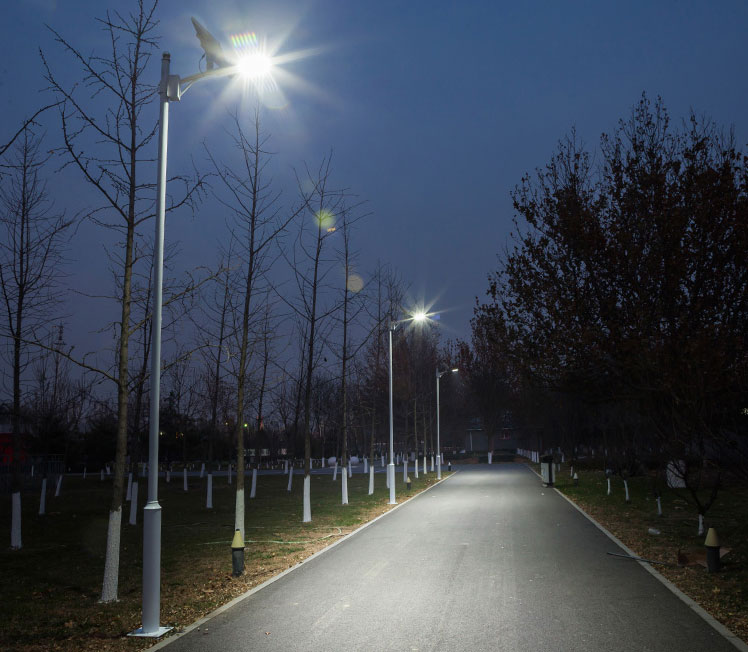
4. 3.2V lithium iron phosphate battery is not suitable for constant current intelligent control and maximum power point tracking
Before refuting this view, let me first talk about technical common sense: the voltage fluctuation between full and empty of 3.2V lithium iron phosphate battery is very small, and the main capacity release is concentrated between 2.9V-3.3V, which happens to fall into the junction voltage range of white light LED - this is the "quantum entanglement" designed by God. Even if the white light LED is driven with full power, it will not exceed the maximum rated power of the LED, so PWM control is sufficient, and there is no need to add constant current drive with a high failure rate. Secondly, regarding intelligent control and maximum power point tracking (MPPT), I think these were designed to reduce the high cost of solar panels and batteries. It's just that some people still think that the story of photovoltaics has not been told yet, and the story of controllers has not been told yet, and they think that the stock thinking. New energy subsidies are basically dead, and lithium batteries and solar panels have become as cheap as they are today - not counting lamp poles, that is, the price of laying 20 meters of cable, and each street lamp requires at least 50 meters of cable.
With this underlying algorithm, if the price of solar panels is less than 30 yuan/watt-hour, the light tracking technology will be useless. If the price is less than 15 yuan/watt-hour, MPPT (maximum power point tracking) will be meaningless. Now it is less than 2 yuan/watt, the cable will be useless, and the state subsidy is completely unnecessary.
You can't use MPPT to tell stories for the sake of selling design needs. It is cheaper and more reliable to simply add some solar panels. The same is true for intelligent control. Most solar street lights are installed in backward areas. I don't believe that village electricians run dozens of miles of mountain roads with their mobile phones every day to adjust the light and control the time. It is more like a false demand. If they have this time, it is more cost-effective to increase the battery configuration - either they don't understand the technology, or they just want to sell the controller at a high price.
Let me introduce the advantages of a single-cell lithium iron phosphate battery 3.2V:
1. The battery has no balancing problem and the life can be more than 15 years
Because the lithium iron phosphate battery is produced for electric vehicles, almost all manufacturers are listed on the main board, and the discharge intensity of the outdoor environment is 3C, and the design is "genuine". Turning to street lamps, the charging intensity is only 0.1-0.3C. It can be used for 8 years in cars and 15 years in Jiuneng solar street lamps. I often give examples to illustrate that if Liu Xiang is too old to do the 100-meter hurdles, he can definitely serve until he is 80 years old if he practices slow walking.
2. The controller and the lamp beads are directly attached together, which greatly improves reliability. The installer only needs to plug in the DC plug.
3. Weak light power generation is much better. Anyone can do photovoltaic street lamps well on sunny days. The key is the precious power generation on rainy days with weak light. The reason is very simple. The photovoltaic effect generates electromotive force (voltage) by light intensity. In layman's terms, when driving uphill, do you put it in first gear or fourth gear? 3.2V will not cut off weak current charging on rainy days.
4. LiFePO4 can be seen from the molecular formula. Iron-lithium batteries have no heavy metals and no scarce resources. They will definitely become cheap and clean energy storage batteries. However, cobalt in ternary lithium is very scarce. Cobaltate has tripled last year alone.
5. There are several more advantages. I will share them with my peers later.
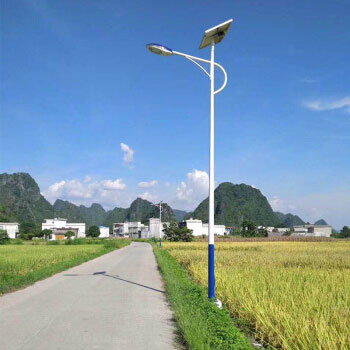
Finally, many people will ask that everything has its two sides, so I will also talk about some disadvantages of 3.2V lithium iron phosphate batteries.
① The wiring should be thickened, and we even use military-grade plugs.
② It has high requirements for supply chain management and production equipment. For example, lithium iron manufacturers usually start as listed companies on the main board, with capital and quantity thresholds; for example, full parallel connection has high requirements for LED suppliers. We only use Nichia Chemical, the world's number one, with a batch tolerance of less than one millionth.
③ It has subversive damage to lead-acid manufacturers, controller manufacturers, and ternary lithium manufacturers, and traditional government bidding documents are generally written by them.
④ The above points can be summarized in one sentence. The demand for low failure rate, long life, and high cost performance has been the real pain point of the photovoltaic street lamp industry for many years. We have used six years and tens of millions of lamps to prove and believe that choosing 3.2V lithium iron phosphate batteries is the future.
At present, more and more competitors are choosing the technical path of 3.2V lithium iron phosphate batteries.
In summary, 3.2V lithium iron phosphate batteries have gradually become a trend. Many small-scale factories in China have simply imitated this technical path without any technical background. The failure rate, cost performance and life are far better than 12V products. I'll just write here. The new era of lighting for single-cell lithium iron phosphate battery 3.2V microgrids has begun. Thanks to all 3.2V lithium iron phosphate battery colleagues. Let's work together to cut the cables and replace the last five kilometers of outdoor power grids with sunlight.

 简体中文
简体中文 Russian
Russian French
French German
German Japanese
Japanese Korean
Korean Arabic
Arabic Spanish
Spanish